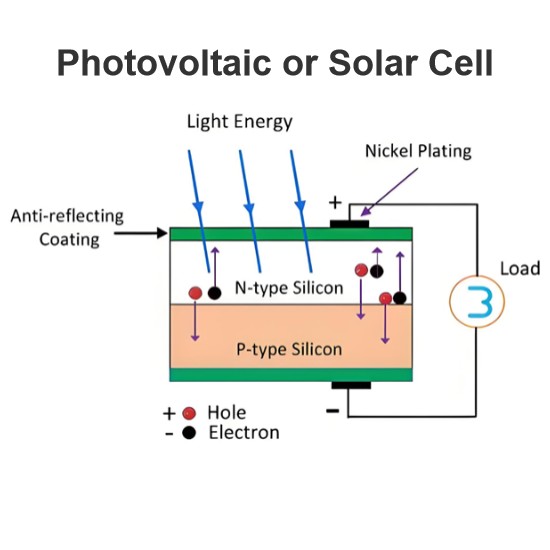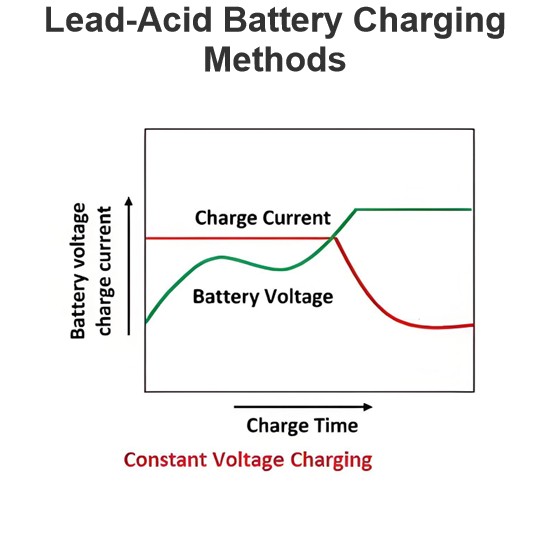Applications of Electrolysis Electroplating Electroforming Electrorefining
Applications of Electrolysis
Electrolytic Refining of Metals
The process of electrolytic refining of metals is used to extract impurities from crude metals. Here in this process, a block of crude metal is used as anode, a diluted salt of that metal is used as electrolyte and plates of that pure metal is used as cathode.
Electrolytic Refining of Copper
For understanding the process of electrolytic refining of metals, we will discuss about an example of electrolytic refining of copper. Copper extracted from its ore, known as blister copper, is 98 to 99 % pure but it can easily be made up to 99.95% pure for electrical application by the process of electrorefining.
In this process of electrolysis, we use a block of impure copper as anode or positive electrode, copper sulfate acidified with sulfuric acid, as electrolyte and pure copper plates coated with graphite, as cathode or negative electrode.
The copper sulfate splits into positive copper ion (Cu+ +) and negative sulfate ion (SO4 − −). The positive copper ion (Cu+ +) or cations will move towards negative electrode made of pure copper where it takes electrons from cathode, and becomes Cu atom and is deposited on the graphite surface of the cathode.

On the other hand, the SO4 − − will move towards positive electrode or anode where it will receive electrons from anode and become radical SO4 but as radical SO4 cannot exist alone, it will attack copper of anode and form CuSO4. This CuSO4 will then dissolve and split in the solution as positive copper ion (Cu+ +) and negative sulfate ion (SO4 − −). These positive copper ions (Cu+ +) will then move towards negative electrode where it takes electrons from cathode, and become Cu atoms and are deposited on the graphite surface of the cathode. In this way, the copper of impure crude will be transferred and deposited on the graphite surface of the cathode.
The metallic impurities of anode are also merged with SO4, forming metallic sulfate and dissolve in the electrolyte solution. The impurities like silver and gold, which are not effected by sulfuric acid-copper sulfate solution, will settle down as the anode sludge or mud. At a regular interval of electrolytic refining of copper, the deposited copper is stripped out from the cathode and anode & is replaced by a new block of crude copper.
NB :- In the process of electrolytic refining of metals or simply electro refining, the cathode is coated by graphite so that the chemical deposited, can be easily stripped off. This is one of the very common applications of electrolysis.
Electroplating
The process of electroplating is theoretically same as electrorefining – only difference is that, in place of graphite coated cathode we have to place an object on which the electroplating has to be done. Let’s take an example of brass key which is to be copper-platted by using copper electroplating.
Copper Electroplating
We have already stated that copper sulfate splits into positive copper ion (Cu+ +) and negative sulfate ion (SO4 − −) in its solution. For copper electroplating, we use copper sulfate solution as electrolyte, pure copper as anode and an object (a brass key) as cathode. The pure copper rod is connected with positive terminal and the brass key is connected with negative terminal of a battery. While these copper rod and key are immersed into copper-sulfate solution, the copper rod will behave as anode and the key will behave as cathode. As the cathode or the brass key is connected with negative terminal of battery, it will attract the positive cations or Cu+ + ions and on reaching of Cu+ + ions on the surface of the brass key, they will receive electrons from it, become neutral copper atom and are about to be deposited on the surface of the brass key as uniform layer. The sulfate or SO4 − − ions move to the anode and extract copper from it into the solution as mentioned in the process of electro-refining. For proper and uniform copper plating, the object (here it is brass key) is being rotated slowly into the solution.
Electroforming
Reproduction of objects by electro-deposition on some sort of mould is known as electroforming. This is another very useful example among many applications of electrolysis. For that, first we have to take the impression of objects on wax or on other wax like material. The surface of the wax mold which bears exact impression of the object, is coated with graphite powder in order to make it conducting. Then the mold is dipped into the electrolyte solution as cathode. During electrolysis process, the electrolyte metal will be deposited on the graphite coated impressed surface of the mold. After obtaining a layer of desired thickness, the article is removed and the wax is melted to get the reproduced object in form of metal shell. A popular use of electroforming is reproduction of gramophone record dices. The original recording is done on a record of wax composition. This wax mold is then coated with gold powder to make it conducting. Then this mold is dipped into a blue vitriol electrolyte as cathode. The solution is kept saturated by using a copper anode. The copper electroforming on the wax mold produces master plate which is used to stamp a large number of shellac discs.
Statement: Respect the original, good articles worth sharing, if there is infringement please contact delete.
Electrical4U is dedicated to the teaching and sharing of all things related to electrical and electronics engineering.













